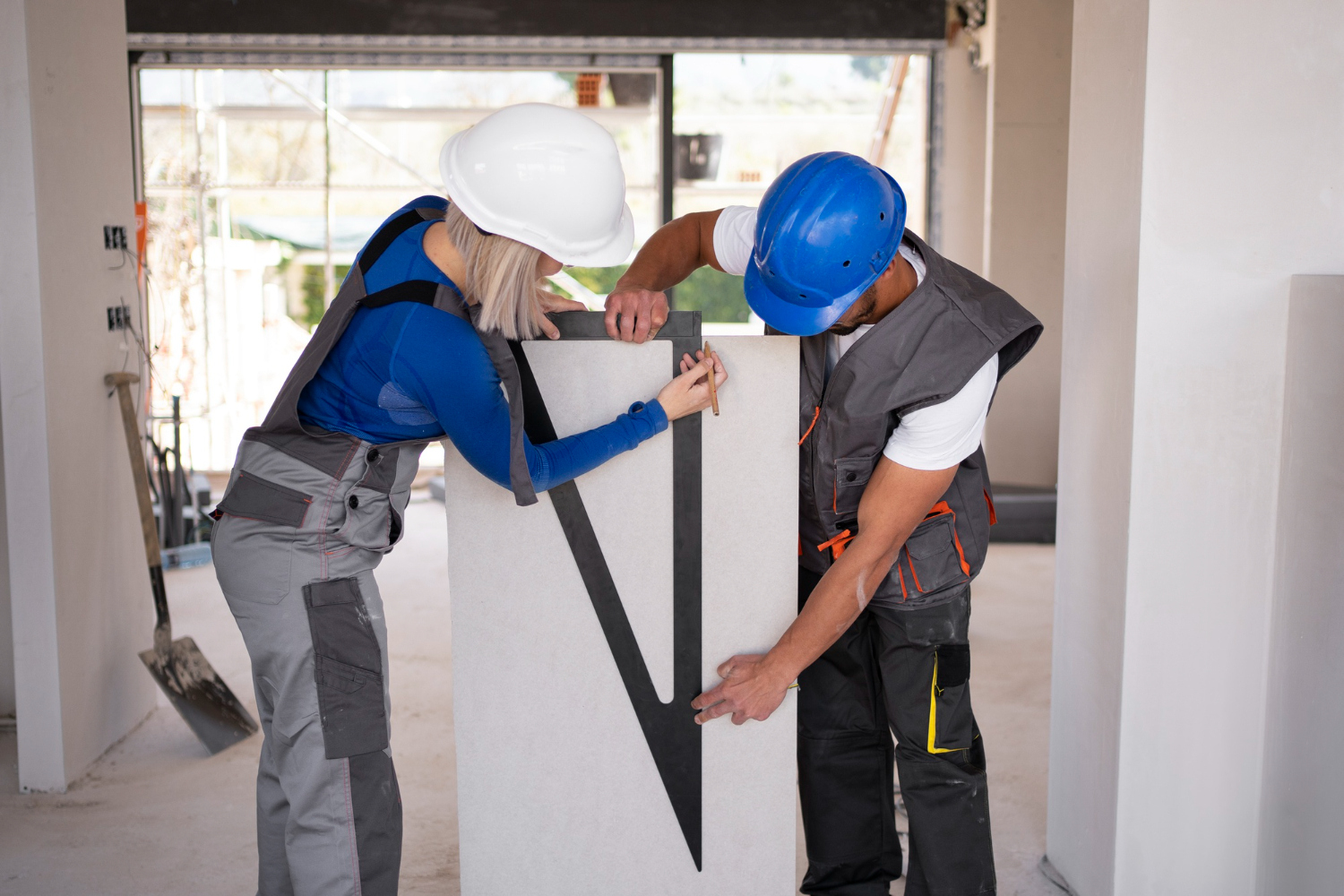Quiet curb appeal hides a lot of work. Many associations still require signoff even when changes sit behind fences or match existing finishes. The point is consistency, safety, and long term value, not nitpicking. Knowing what triggers review prevents fines and delays. With a little planning, paperwork becomes part of the toolkit, right alongside a stud finder and a level. The reward is a home that works well, reads cohesive, and holds value when it is time to sell.
Backyard Accessory Structures Below Fence Height
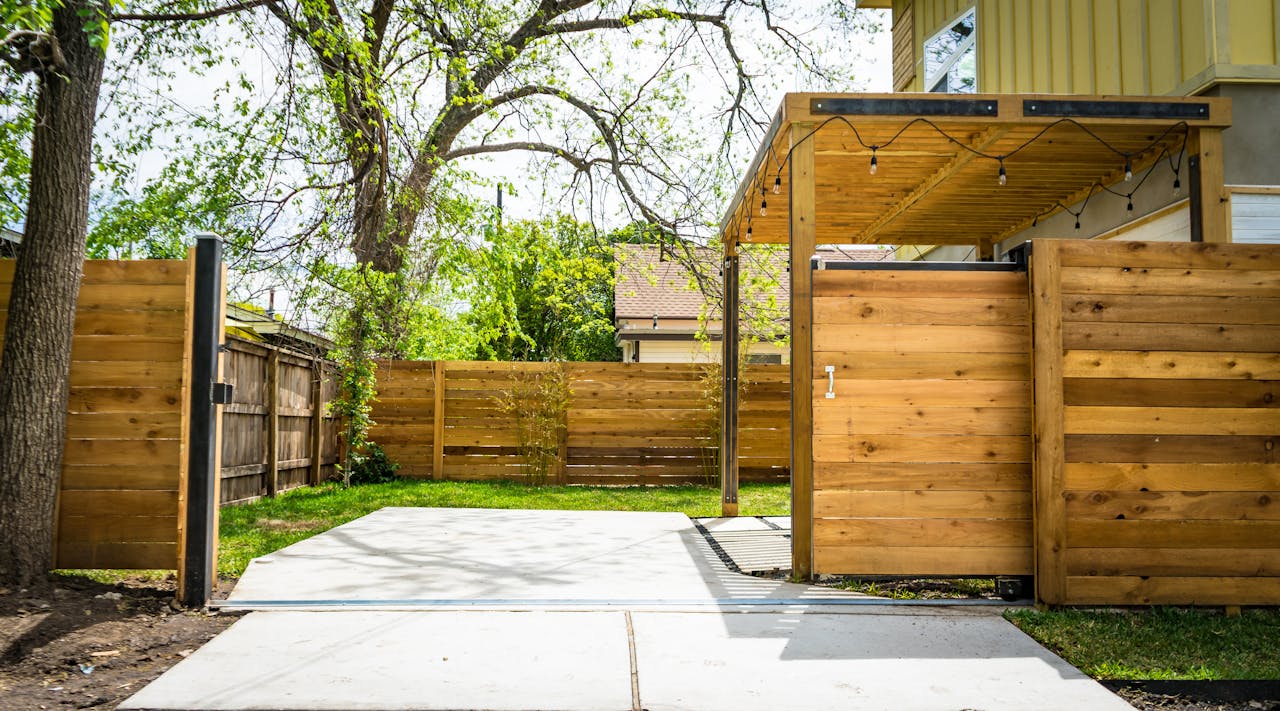
Low sheds, compact playhouses, and pool equipment boxes can disappear from the street yet still affect drainage, fire setbacks, and lot coverage. Most HOAs review height, footprint, roof pitch, and distance from easements, then confirm wind anchoring and utility clearances. Approvals often hinge on materials that echo the main house, discreet foundations that do not redirect stormwater, and evidence that doors and vents face inward. Small structures carry outsized risk when water and wind test a yard.
Roofing Upgrades That Match Existing
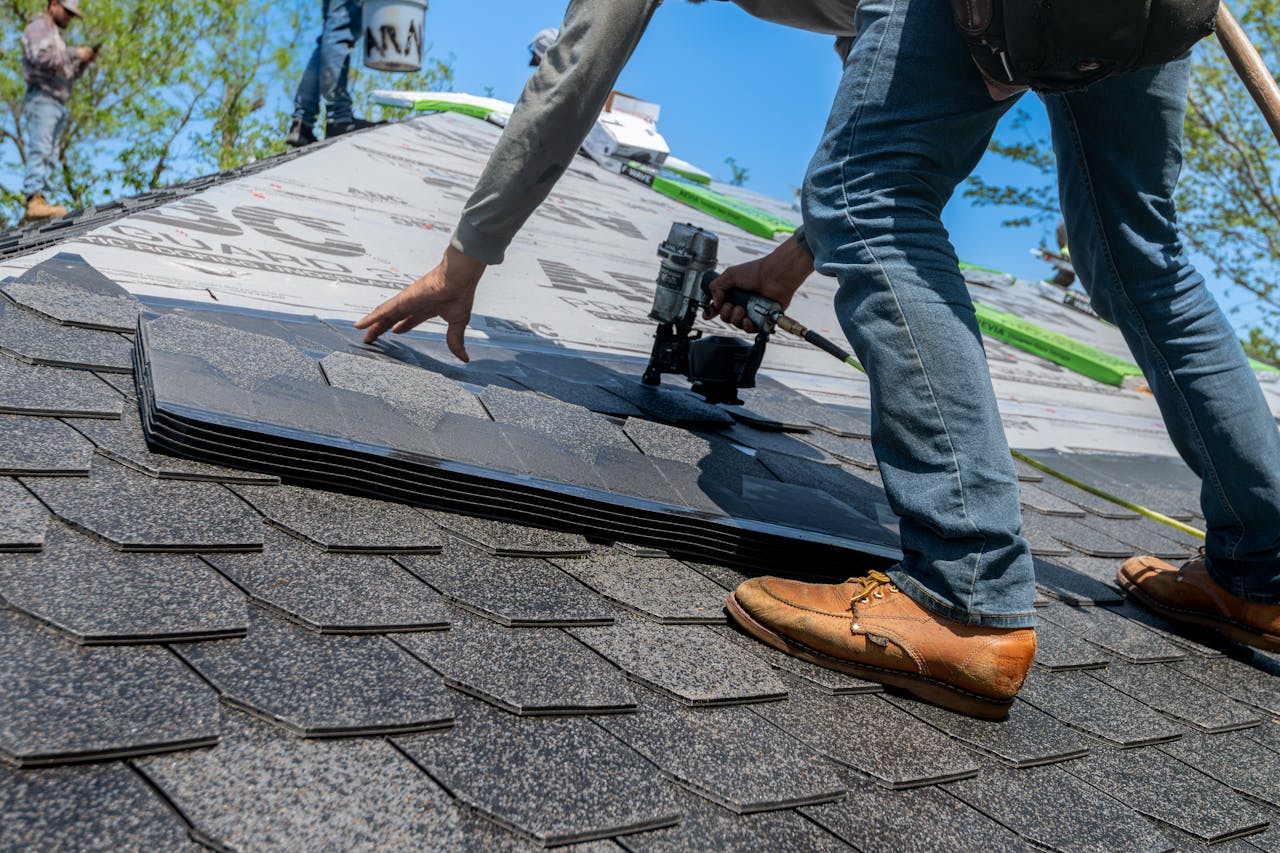
Like for like still counts. High performance underlayments, ridge ventilation, and energy rated shingles can change thickness, reflectance, and shadow lines that committees track for uniformity. Submissions typically include color codes, fire ratings, and a plan that maps vents, valleys, and flashing. Approval protects warranties, coordinates with community fire and wind requirements, and prevents a patchwork roofscape. From the sidewalk the house looks the same, but the details determine safety and long term durability.
Rear Elevation Window Replacements
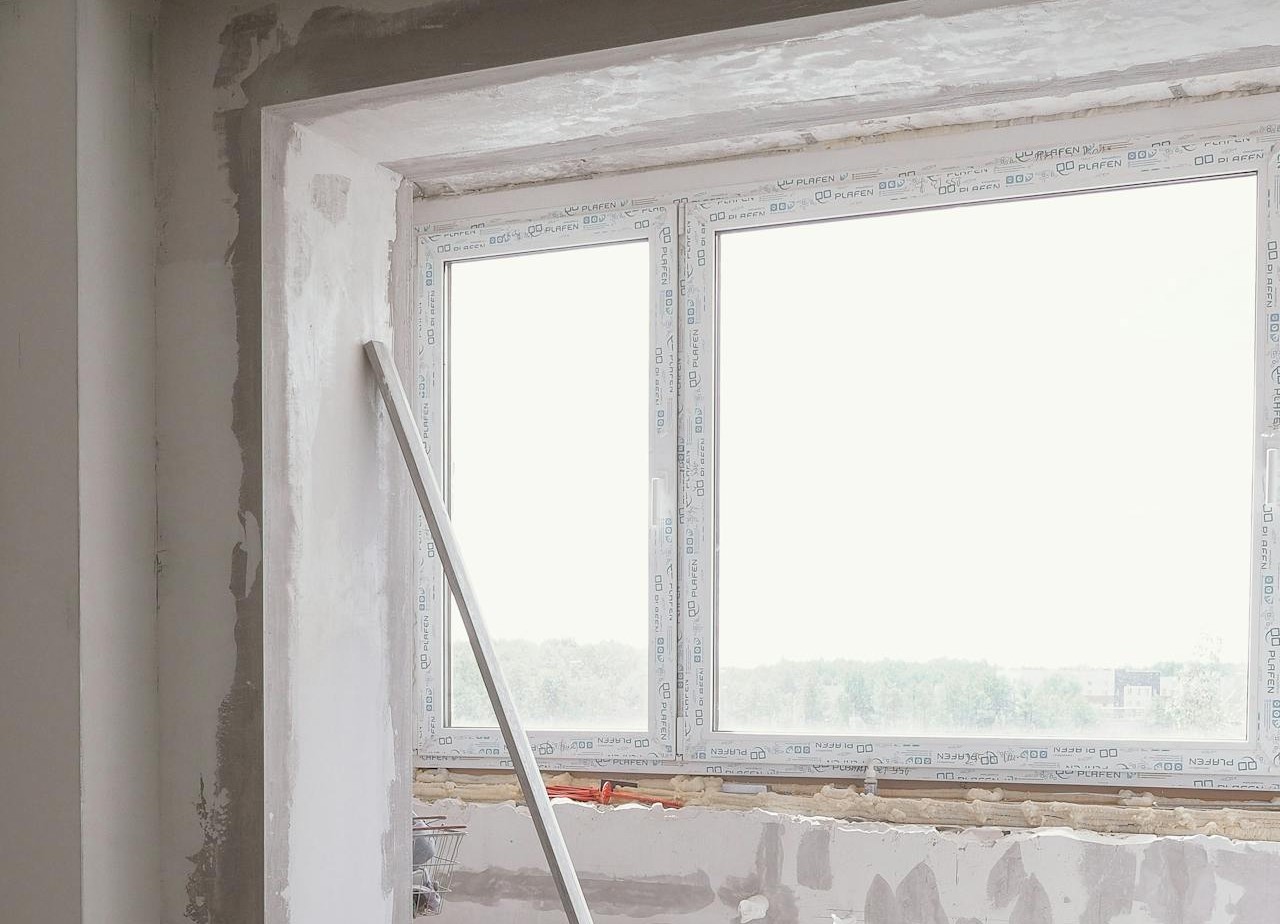
Backyard windows feel private, yet they shape rhythm, sightlines, and night glare. HOAs often ask for elevations, frame dimensions, and data on visible light transmittance to avoid mirror like reflections into neighboring rooms. Grids and mullions need to align with the original pattern, and tempered zones near doors or tubs must meet code. Approval keeps the facade language intact while allowing better insulation and quieter interiors. The goal is simple. Performance without visual drift.
Subsurface Drainage and Irrigation Work

French drains, dry wells, and sprinkler reroutes vanish underground but can move problems downhill. Committees review grading plans, discharge locations, and backflow devices to protect common areas and adjacent foundations. Many require pressure regulation, smart controllers, and nozzle choices that limit overspray. Approval ensures water leaves at a controlled point, not a fence line. In heavy rain, the difference between a tidy swale and a neighbor dispute is a stamped plan and a photographed finish.
Side Yard Generators and HVAC Relocations

Equipment behind a fence still carries sound, exhaust, and vibration. HOAs set decibel caps, pad sizes, fuel and conduit routes, and offsets from windows or property lines. Submittals usually include spec sheets, site plans, and enclosures that mute noise and shield views. Approval balances outage resilience with quiet evenings and safe service access. A well placed unit starts easily, vents cleanly, and sits far enough from sleeping rooms to fade into the background of daily life.
Rear Slope Roof Equipment Including Solar
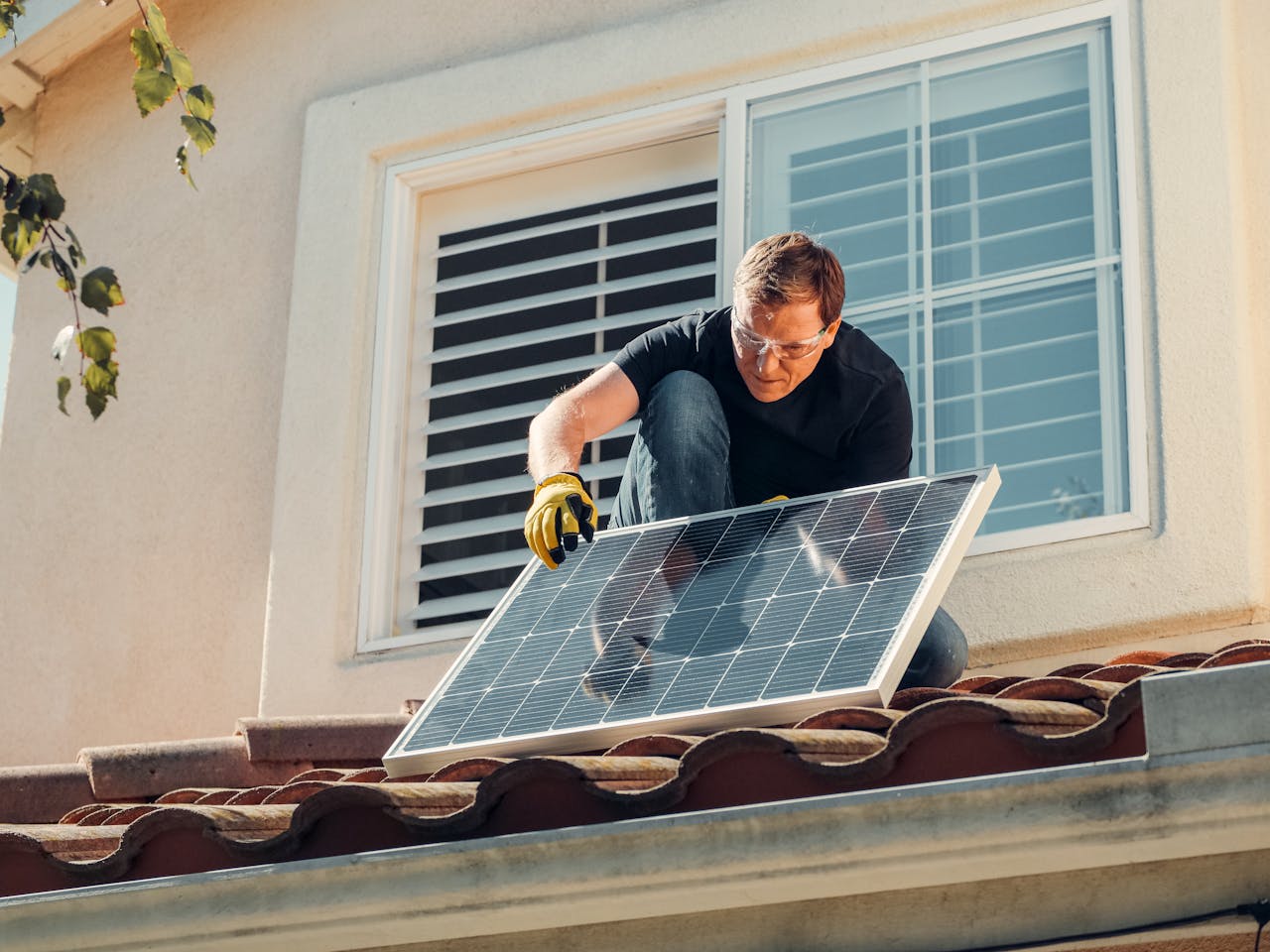
Many states protect solar rights, yet associations can guide placement, conduit routing, and finish. Low profile arrays, attic fans, and skylights typically need load calculations, flush mounts, wire management, and nonreflective hardware. Clean penetrations and tidy junctions matter as much as panel count. Approval aligns energy savings with a calm roofline that appraisers and buyers trust. Good solar reads like part of the architecture, not an afterthought clipped to shingles.
Backyard Tree Removal or Major Pruning
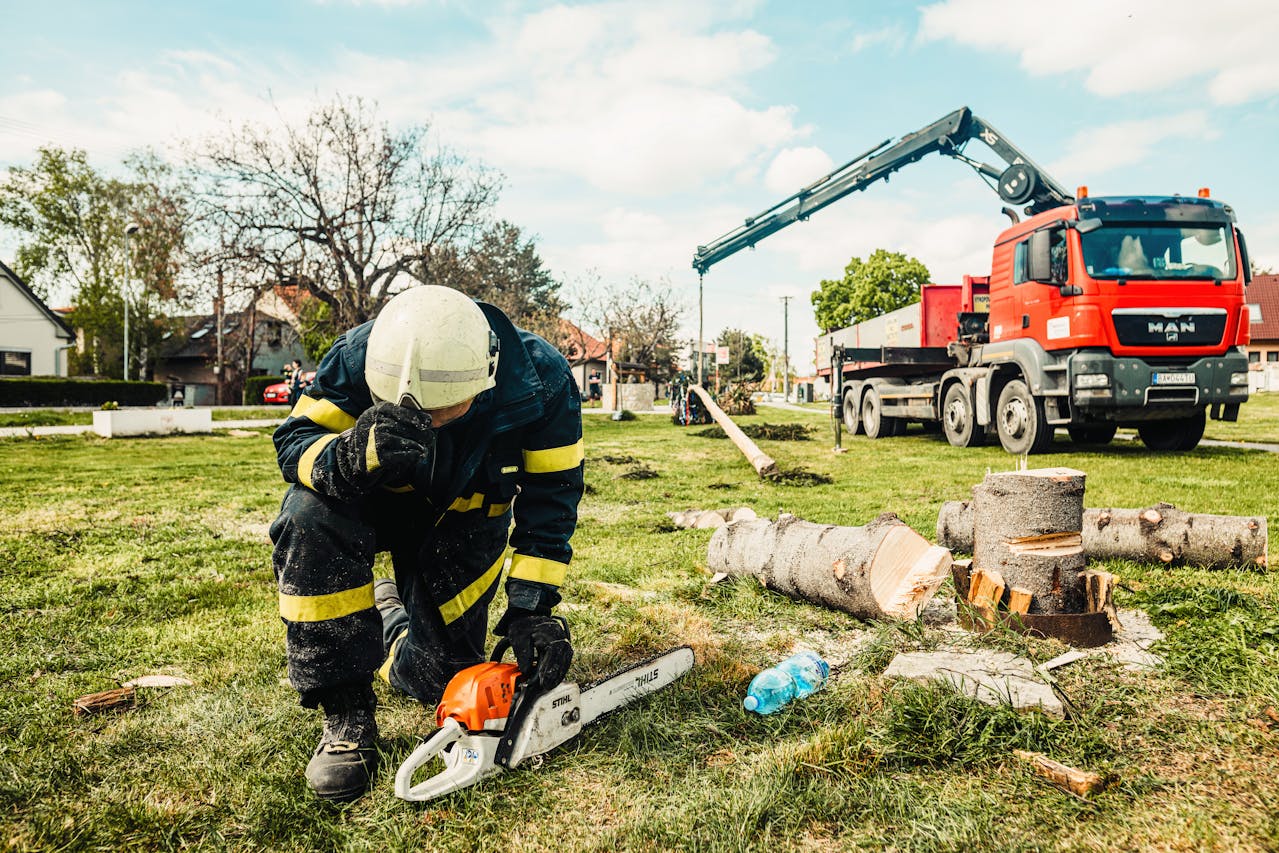
Taking down a mature tree can alter privacy, soil stability, and shade patterns without changing curb view. HOAs often require an arborist report, species ID, and a replanting plan scaled to lost canopy. Stump grinding near utilities and retaining walls may need extra clearance notes. Approval protects roots that hold slopes, the shared feel of established streets, and habitat for birds. Over time, smart removals and replacements keep yards safer and streets greener.
